The Breaking Point: Israel’s Retaliatory Strikes on Beirut
In a dramatic escalation that has sent shockwaves through the Middle East, Israeli warplanes conducted precision airstrikes on southern Beirut late Friday night, March 28, 2025. The attacks targeted what Israeli military officials described as “Hezbollah-affiliated sites” in the Dahieh district, a known stronghold of the militant group. The strikes came in response to a barrage of nearly two dozen rockets fired from southern Lebanon into northern Israel earlier that evening, which caused minor property damage but no casualties.
The timing of this exchange couldn’t be more volatile, coming just weeks after the fragile ceasefire agreement between Israel and Lebanese factions was brokered by international mediators. Eyewitnesses in Beirut reported massive explosions that lit up the night sky, sending panicked residents scrambling for shelter. Local hospitals went on high alert, though initial reports suggest casualties were limited due to the late-hour strikes.
Iran’s Fiery Condemnation and the Geopolitical Fallout
The Islamic Republic of Iran, Hezbollah’s primary backer, wasted no time in delivering a blistering response. Foreign Ministry spokesperson Esmaeil Baqaei issued a formal statement on Saturday morning that pulled no punches:
“This reckless act of aggression represents not just a violation of the ceasefire, but a direct challenge to international law and regional stability. The Zionist regime’s fabricated justifications cannot disguise its true intention – to provoke wider conflict and distract from its ongoing crimes in Gaza.”
Iran’s condemnation was particularly significant given recent behind-the-scenes diplomatic efforts to maintain calm in the region. Analysts note that Tehran’s unusually strong language suggests growing frustration with Israel’s military posture along its northern borders.
The Mysterious Rocket Attack: Who Was Really Behind It?
The incident that triggered this crisis remains shrouded in mystery. While Israel immediately pointed fingers at Hezbollah, the group’s leadership has maintained an unusual silence. Middle East security experts suggest several possible scenarios:
- Rogue Hezbollah Faction: Hardline elements within the organization may have acted independently
- Palestinian Militant Groups: Smaller factions in Lebanon may have launched the attack
- False Flag Operation: Some regional analysts speculate about more sinister possibilities
Professor Amira Halperin of Tel Aviv University’s Conflict Studies Program notes: “The lack of immediate claim of responsibility is highly unusual in these situations. It suggests either internal divisions within Hezbollah or potentially more complex geopolitical maneuvering at play.”
International Reactions Pour In
The global response has been swift and divided:
- United Nations: Secretary-General issued an urgent call for restraint
- United States: State Department expressed “deep concern” but stopped short of condemning Israel
- European Union: Called for emergency Security Council meeting
- Arab League: Scheduled emergency session for Sunday
Russian Foreign Minister Sergei Lavrov warned that “the situation risks spiraling into uncontrolled escalation,” while Chinese officials urged all parties to “exercise maximum restraint.”
On the Ground: Beirut Residents Speak Out
In Beirut’s southern suburbs, the mood was tense but defiant. Local shopkeeper Ali Hassan, 42, told our correspondent:
“They think they can bomb us into submission, but they’re wrong. We’ve lived through worse. Every time they attack, it only makes people here more determined.”
At the same time, many Lebanese citizens expressed frustration at being caught in the middle of ongoing regional conflicts. University student Layal Maktabi, 21, shared:
“We’re tired of paying the price for these endless confrontations. Our economy is collapsing, and now we have to worry about airstrikes too?”
Historical Context: A Cycle of Violence
This latest flare-up continues a dangerous pattern of escalation along the Israel-Lebanon border:
- 2006: Last major Israel-Hezbollah war
- 2019-2024: Periodic exchanges of fire
- January 2025: Ceasefire agreement brokered
- March 2025: Current crisis erupts
Military historian David Greenberg notes: “What makes this situation particularly dangerous is the combination of political instability in Israel, economic collapse in Lebanon, and heightened regional tensions over the Gaza situation.”
What Happens Next? Possible Scenarios
- Contained Escalation: Both sides step back after symbolic strikes
- Proxy War Expansion: Iran directs allied groups to join the fight
- Full-Scale Conflict: Hezbollah unleashes its rocket arsenal
- Diplomatic Solution: International mediators broker new ceasefire
Former CIA analyst Robert Baer warns: “The margin for error is razor-thin right now. One miscalculation could trigger a conflict that nobody really wants but might not be able to stop.”
The Humanitarian Angle: Civilians Caught in the Crossfire
Human rights organizations have expressed grave concerns about the potential for civilian casualties should the situation worsen. Lebanon’s already fragile infrastructure and economic crisis would make any sustained conflict particularly devastating for ordinary citizens.
UNICEF reported that schools in southern Lebanon have been placed on emergency alert, with many preparing to serve as shelters if needed. The Lebanese Red Cross has put all its teams on high alert.
Market Reactions and Economic Impact
The geopolitical uncertainty has already sent shockwaves through financial markets:
- Israeli shekel fell 1.2% against the dollar
- Oil prices jumped 3% on supply concerns
- Regional stock markets showed significant losses
Economists warn that prolonged tensions could further destabilize Lebanon’s already collapsed economy and impact regional trade routes.
Expert Analysis: Why This Time Might Be Different
Several factors make the current situation particularly volatile:
- New Israeli Government: More hardline than previous administrations
- Hezbollah’s Domestic Pressures: Facing criticism in Lebanon
- Iran Nuclear Talks: Stalled negotiations creating tension
- US Election Year Politics: Potential for tougher stance on Israel
Middle East scholar Dr. Leila Farsakh suggests: “All parties are operating under different constraints and incentives than in previous confrontations. The old rules of engagement may no longer apply.”
The Path Forward: Diplomacy or Destruction?
As the world watches nervously, behind-the-scenes diplomatic efforts are reportedly intensifying:
- French and Qatari mediators shuttling between capitals
- UN special envoy expected in region within 48 hours
- Backchannel communications between security officials
However, with both sides appearing to dig in their heels, the coming days will be critical in determining whether this crisis can be contained or if the region is on the brink of another devastating conflict.
Why This Matters for the World
The Israel-Lebanon border has long been considered one of the world’s most dangerous flashpoints. A full-scale conflict here could:
- Drag in major powers like the US and Iran
- Disrupt global energy supplies
- Create another refugee crisis
- Destabilize financial markets worldwide
As events continue to unfold, the international community faces perhaps its most serious test since the beginning of the Gaza crisis last year. The stakes couldn’t be higher for regional stability and global security.


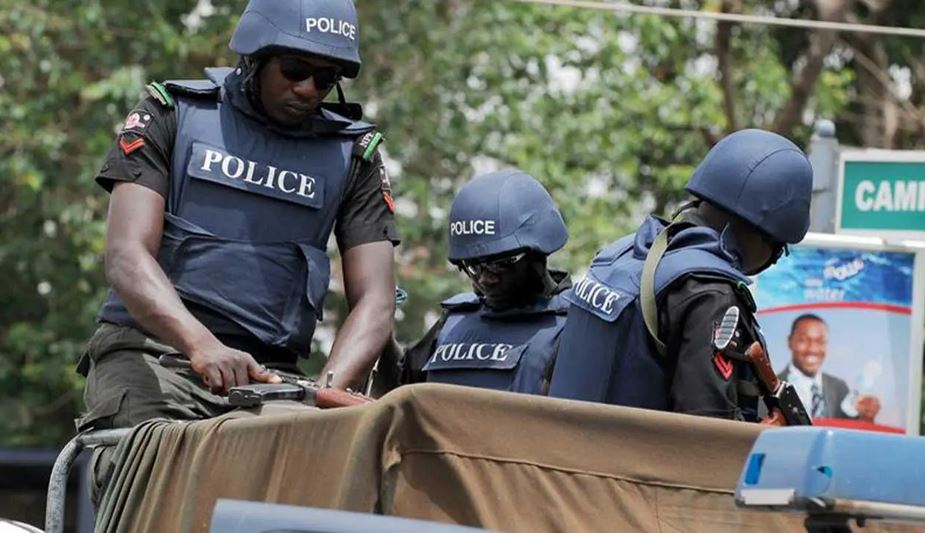
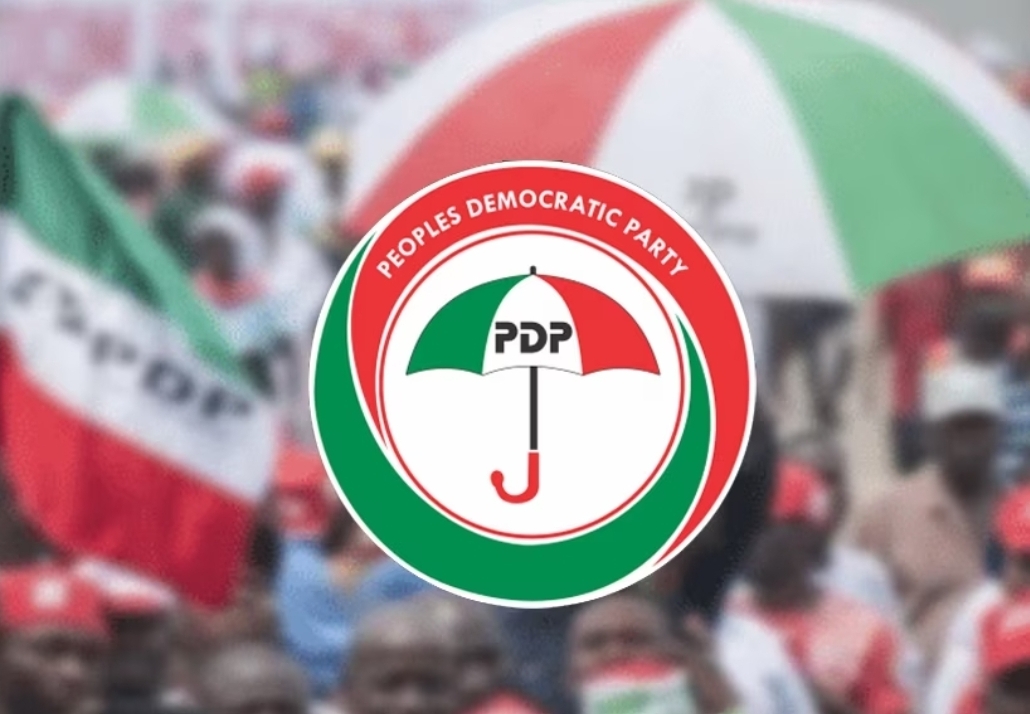
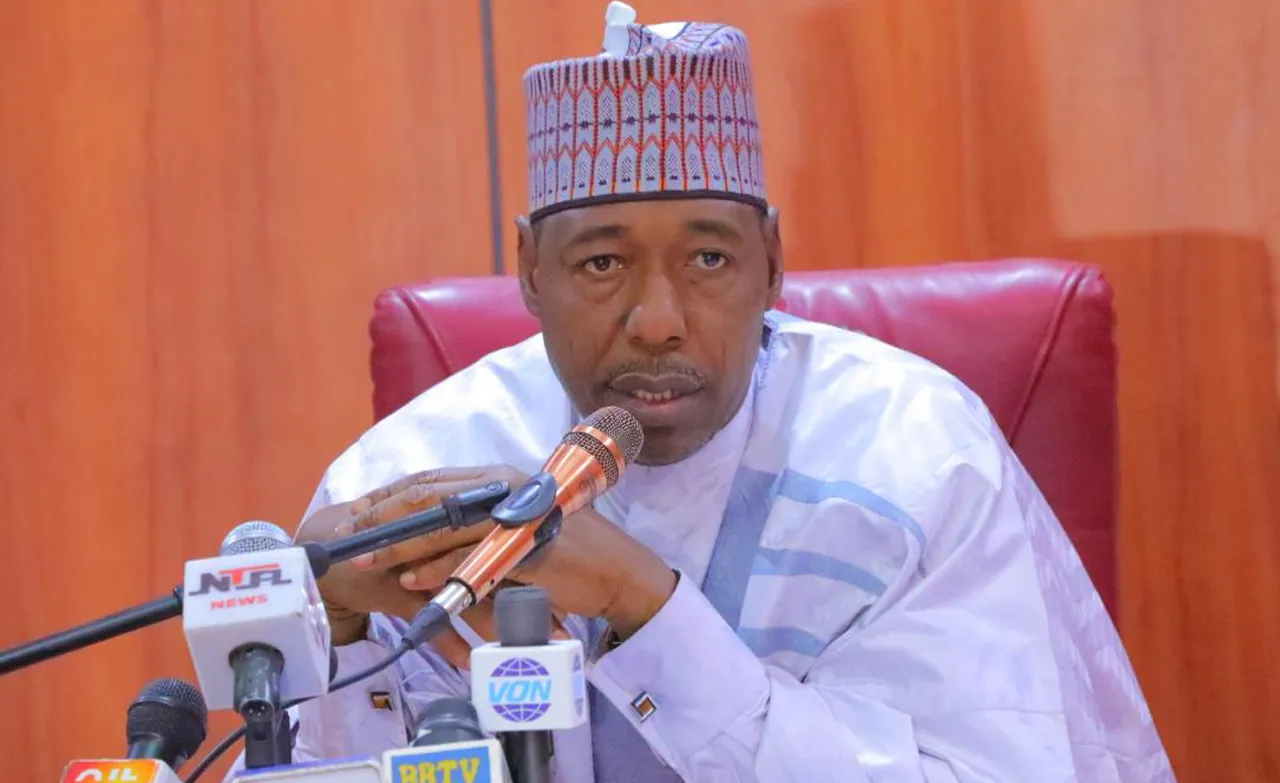

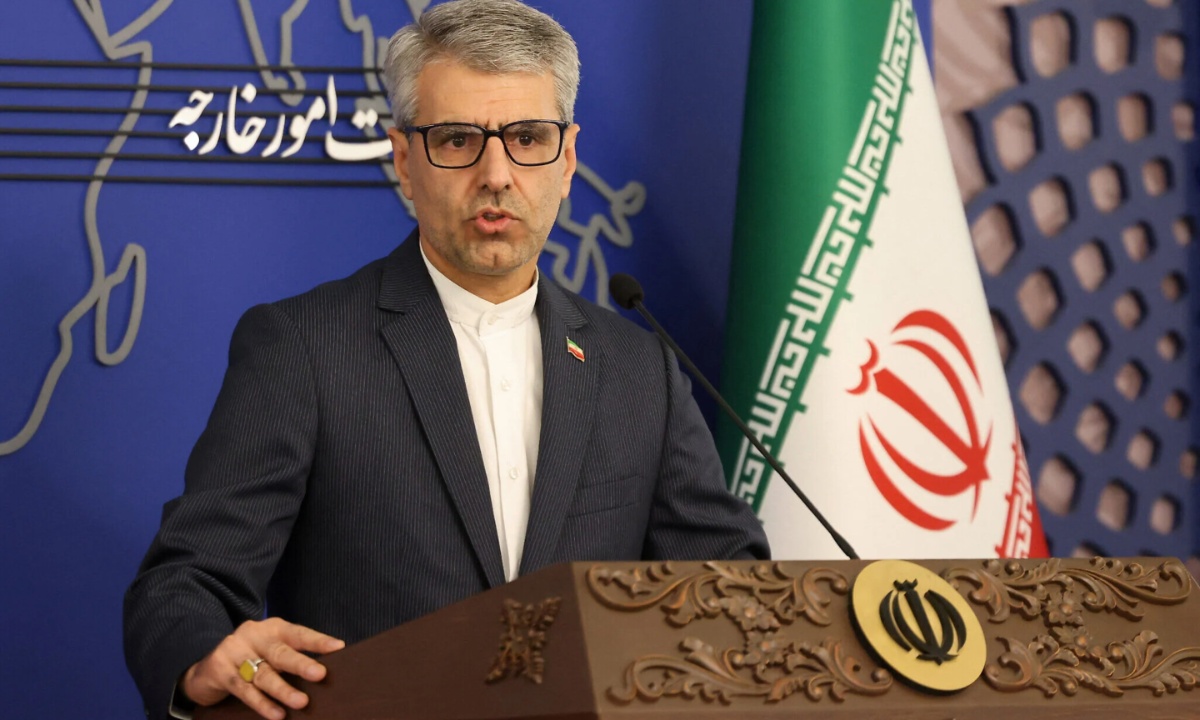




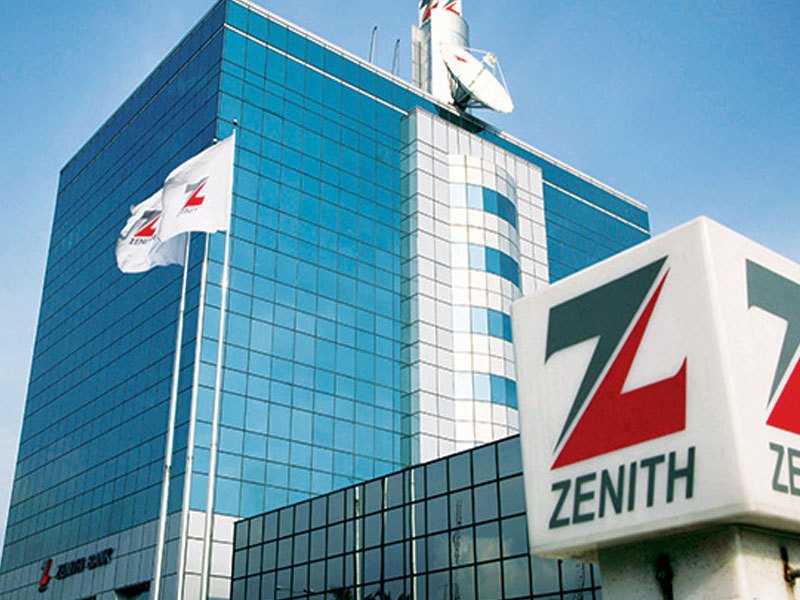

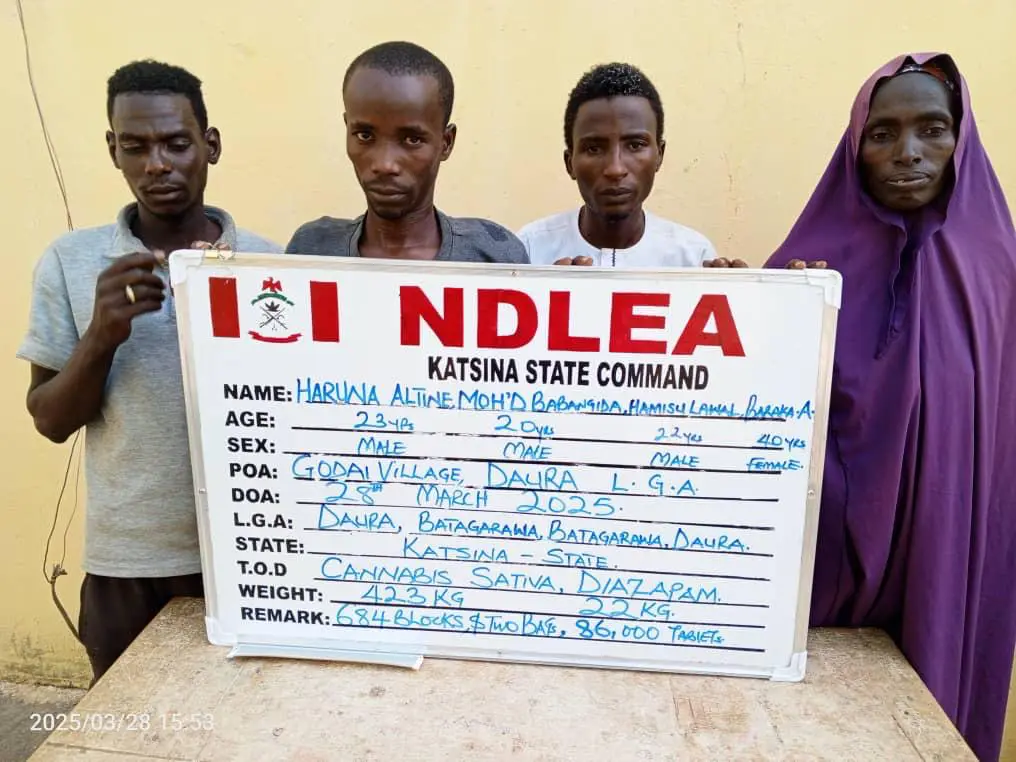


Got a Questions?
Find us on Socials or Contact us and we’ll get back to you as soon as possible.